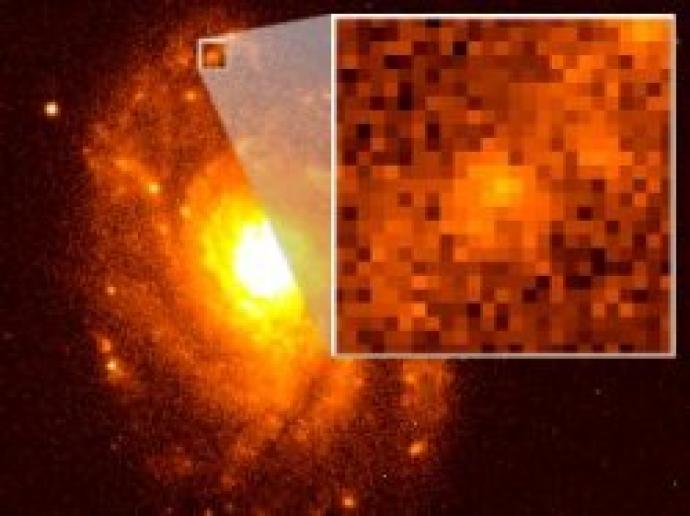Astronomers take images with telescopes because they want to use them to do science research.
They need to be able to make measurements on these images. These could be the brightness of a star or the exact position of a planet.
This means that the images are not just pictures. They are huge amounts of data stored as an image.
The data lists the number of photons (packets of light) collected by every single pixel on the telescope’s camera. Each image can contain many millions of pixels.

Because the images contain data, we can use the observation to analyse the objects within it. Astronomers might use the data to measure the size of a galaxy or the brightness of a star. They use different techniques to make these measurements.
This data is usually stored in special files called FITS files. These are the same no matter what telescope is used, anywhere in the world. The files are usually very large. A typical image data file from the Liverpool Telescope will have more than 4 million numbers in it!
To deal with all these numbers, astronomers use special computer programs to process the data. These let us make the measurements we need.
We have made our own software which you can use to study your observations.
